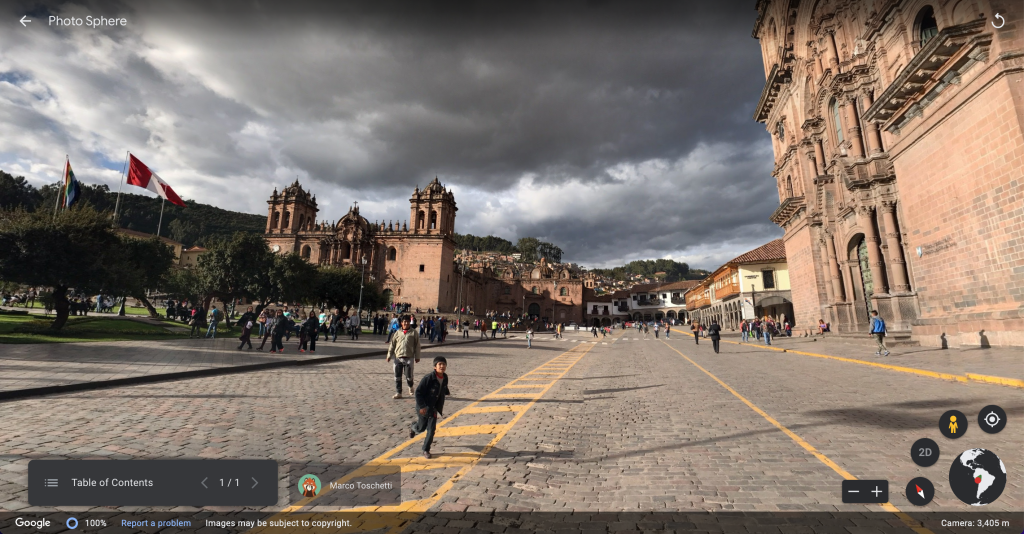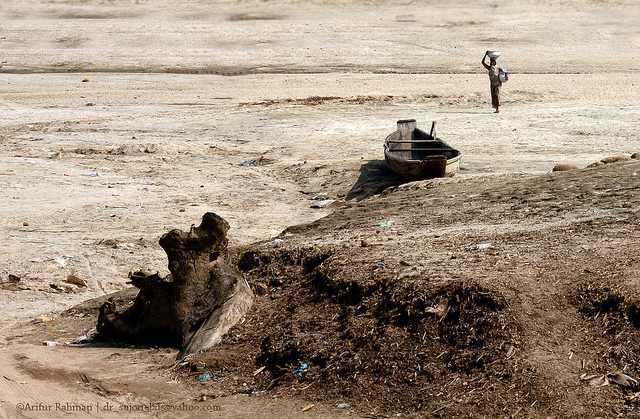Twice per year my school hosts an in-service for the whole school. Students stay home, we gather as faculty and staff for a plenary session in which our president offers insights about school operations, the educational landscape, or other brain pickings. We then turn to either a specific topic of concern (a societal trend that bears consideration), a divisional need (an upcoming programmatic initiative), or a dealer’s choice selection of sessions aimed at growing the professional practice of educators and support staff.
The in-service of February 2022 was an instance of the latter. An upper school faculty member hosted a session on the use of virtual reality. Stephen is an English teacher and technologist. Rooted in his studies of Victorian literature, Stephen was also an inveterate gamer and techie. So, when the school decided to seed-fund a VR lab, he and a few colleagues acquired equipment, built PCs to spec, and installed an eight-station VR lab using the Oculus rift headsets.
Stephen started by outlining best practices in using VR in the classroom.
Then, after a brief tutorial, Stephen let us strap in and explore what VR has to offer. I started with Google Earth VR. I put on my headset, and found myself looking down-valley in what I immediately recognized was Yosemite National Park. Exhibiting all the dexterity of a newborn giraffe, I floated above and around Yosemite, replaying in virtual space my hikes to Nevada Falls and Glacier Point. I paid a virtual visit to The Ahwahnee. I even flew at alarming speed out of Yosemite Valley, following the Merced River to the charming hotel that I called home for a week in 2016. The environment was fully build-out.
I was enthralled. Remembering that I was getting paid to do this, I quickly put on my Spanish teacher hat and started exploring areas for the purposes of curriculum development. I navigated to Mexico City, Puebla, and Oaxaca, only to find out that they aren’t nearly as detailed as the parking lot of the Cedar Lodge in El Portal, CA…disappointing.
However, there is certainly enough there to get kids started experiencing what major Mexican cities have to offer in terms of history and culture. A flick of my wrist and a tug on the joystick allowed me to zoom out of Central America and fly over to Cusco, Peru, which much to my delight was recreated in impressive detail.

In the main plaza, I got my bearings at El Hotel Presidente where I stayed in 2006. I swung around the square to the town’s cathedral and the adjoining Triunfo Chapel.* I tried to “walk” down Calle Laredo to inspect a wall that featured Inca foundations, precise, artistic in its geometry and engineering, that was “repaired” by Spanish colonizers with laughable ineptitude. Alas, the pedestrian road was not yet added to Google Earth’s blueprint…someday.
*Forgive the indulgence, but I have to tell you about the Triunfo Chapel. Most every major town in Latin America has a cathedral followed by secondary and tertiary churches, parishes, chapels, etc. El Triunfo is, in my thinking, one of the most significant places to visit in Latin America. In 1532, Francisco Pizarro brought his men down the Pacific coast of South America, a continuation of Nuñez de Balboa’s Panama expedition. In October of 1532, Pizarro and his 150 cavaliers made contact with the Inca civilization and their god king Atahualpa. One fateful day in the town of Cajamarca, the Spanish and the Inca decided to make formal introductions. Spanish troops had billeted in the buildings surrounding the main plaza of Cajamarca, effectively surrounding the plaza on three sides. When Atahualpa’s entourage entered the plaza, the friar assigned to accompany Pizarro’s expedition, a man named Vicente Valverde, raised a large cross over his head. This signaled to the Spanish soldiers the moment of attack. Swords and arquebuses poured out of the shadows, overpowered the Inca warriors, knocked Atahualpa off his litter, and effectively took control of the Inca Empire within a half hour. In El Triunfo, much as in many Catholic churches of the time, there is a large altar. This altar is bedecked in gold plundered from the Inca territories. High atop the altar is a glass enclosure. Inside the enclosure is the Cross of Valverde. The item whose use instantiated one of the great atrocities of the last millennium sits atop that altar. When you visit, if you know the history, the place hits you with the force of history and human suffering. It really is quite an experience.
At this point in my dalliance with Google Earth VR, I started to feel a bit queasy. I had spent 45 minutes in the virtual world. The experience is immersive, it grabs hold of your senses and doesn’t let you go until you force yourself to exit. Truthfully, I didn’t want to quit. I wanted to see more, experience more. But my body wouldn’t let me.
For the remainder of the day, I had to take short breaks for a drink of water. At times I had to sit down. This feeling stayed with me until the end of the workday…another three to four hours. My colleagues in the workshop reported the same feeling. Some had it worse than I. I think that there’s something to the nausea. I had forced my brain to do something it is not equipped to do, and it let me know that by trying to “right the ship.”
Fast forward to a few years from now.
I CANNOT WAIT! I know that the virtual world will continue to be built. Someday, hopefully soon, I want to enter El Triunfo with my students to see that ghastly cross hanging above the baroque carpentry of the altar, and to tell them the story of the siege of Cajamarca. I want them to contemplate that sometimes the world changes with the flick of a trigger, the raising of a cross, or a chance encounter between two people. I want them to experience that liminal moment of history, where what was is no longer, and what will be will is yet unknown.
I want to walk down Calle Laredo, and show my students Inca craftsmanship. But even more than what I want to show them, I am most excited about the interactions they will be able to have in this thing we will likely call the metaverse.
SOMEDAY will I be able to lead my students on a tour of Cusco? Will we be able to inhabit the same space virtually, where our likeness can see the likeness of one another, our avatars co-mingling? Will I be able to arrange meet-ups with Peruvian tour guides, historians, descendants of history? Witnesses to history? And will my students be able to ask them questions, interact with them in real-time?
SOMEDAY will I be able to bring my students, not to the Cusco of 2022, but Cusco as it appeared in 1532? Will historians and graphic designers partner with platforms such as Google Earth VR to simulate erstwhile environments? Will I be able to meet a historian’s rendering of Pizarro, Atahualpa, Valverde? Will a whole industry of virtual actors and recreationists be on hand to interact with my students?

SOMEDAY will VR incorporate a sense of smell or touch? After all, sight is just the product of neurons doing their thing. And so are touch and smell.
I’m excited about the possibilities of VR. Next time I put on that headset, I will come equipped with some of these questions. I’ll also bring some Dramamine.




